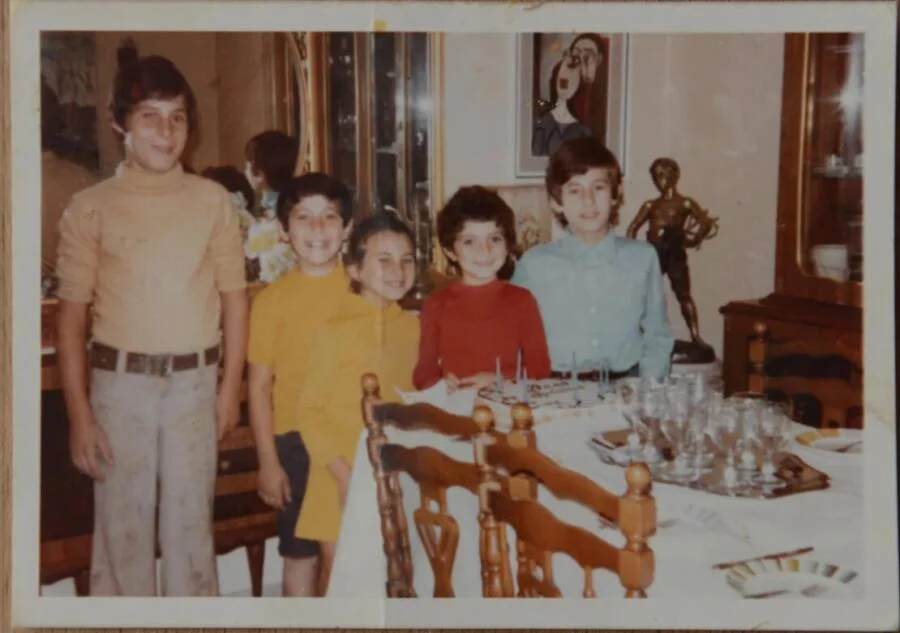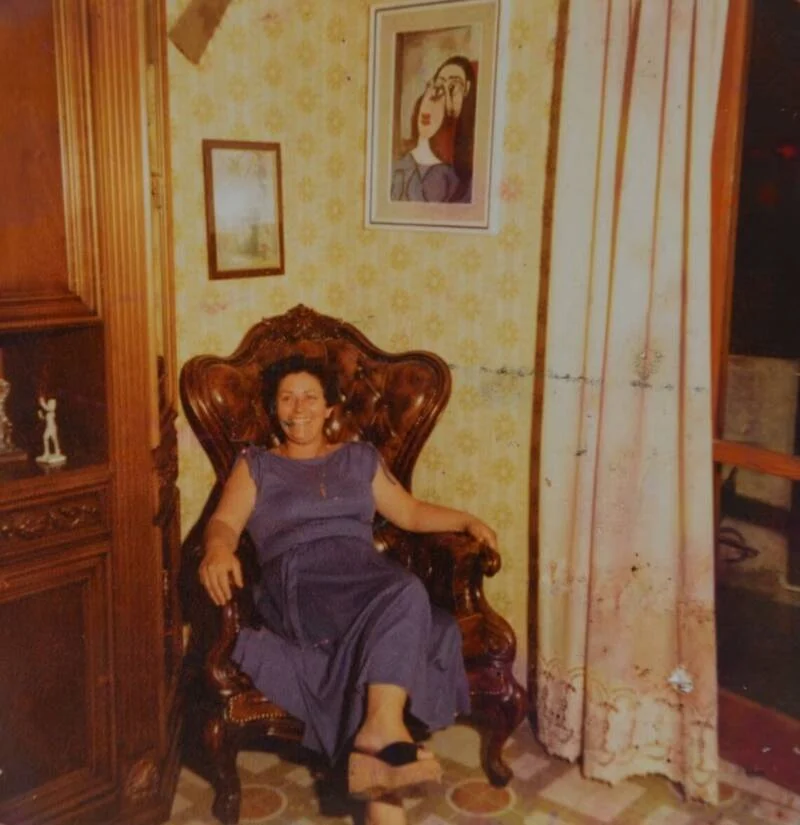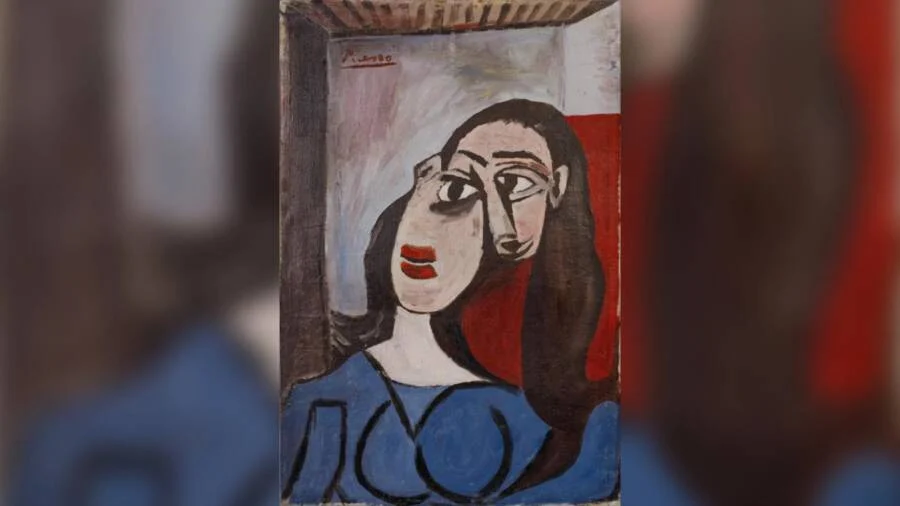Imagine rummaging through a dusty basement filled with random odds and ends, only to stumble across something extraordinary—a piece of art so valuable that its true worth wouldn’t be revealed for decades. This isn’t just some fantasy. It’s the real-life story of Luigi Lo Rosso, a junk dealer who discovered a seemingly odd painting in the basement of a Capri villa in 1962. Fast forward 60 years, and this once-overlooked artwork is now authenticated as a genuine Picasso, valued at a staggering $6.6 million.
Yes, that’s millions—with an “m.”
The Day a Junk Dealer Became a Treasure Hunter
Let’s be clear: Luigi Lo Rosso wasn’t an art collector or even someone particularly interested in the finer things in life. He was a man who spent his days digging through abandoned houses and landfills, searching for objects he could sell at his family’s pawn shop. To him, a find was a find—whether it was an antique or a dusty painting. So, in 1962, when he unearthed a peculiar painting in a basement on the island of Capri, he had no idea he was holding a masterpiece.
The painting, which featured an asymmetrical woman dressed in bold red and blue hues, looked more like a quirky piece of modern art than anything of real value. The name on the signature? Pablo Picasso. But in Luigi’s mind, that was just another name. He wasn’t exactly sitting around discussing avant-garde art movements with his friends.

A Piece of Picasso History—In the Lo Rosso Family Home
Luigi’s lack of art knowledge didn’t stop him from bringing the painting home to his wife, who promptly labeled it as “horrible.” Yep, you read that right. She hung the painting on the wall of their home, later moving it to the family’s restaurant, all while casually referring to it as “the scribble.” Over the years, she even cleaned the painting with detergent—yes, actual detergent—to remove grime. Any art conservator would cringe, but in their minds, it was just another decoration, not a multimillion-dollar relic.
A Moment of Doubt (and Hope)
It wasn’t until the 1980s that the Lo Rosso family began to question the painting’s origins. Luigi’s son, Andrea, noticed that the family’s “scribble” bore an uncanny resemblance to Picasso’s Buste de femme Dora Maar, a famous portrait of Picasso’s lover, Dora Maar. Andrea, however, had a problem—no one seemed interested in authenticating the painting.
For years, the Lo Rossos consulted art dealers and historians, all of whom dismissed the painting as nothing more than a copy. Even the prestigious Picasso Foundation refused to examine it. To them, it was just another imitation, but the family held onto it, convinced that there was more to the story.
The Tragic Legacy of Viktoriia Roshchyna: A Ukrainian Journalist Who Paid the Ultimate Price
Capri: A Picasso Connection?
So why did the Lo Rosso family cling to the belief that their painting could be genuine? It turns out Picasso himself had visited Capri several times between 1930 and 1936. The Lo Rossos speculated that if the painting was authentic, it could have been created during one of these trips. But without official authentication, their theory was just a guess—until now.
Finally, Validation After Decades of Waiting
Here’s where the story takes a surprising turn: In 2024, more than six decades after Luigi first found the painting, a graphologist named Cinzia Altieri certified the Picasso signature as authentic. After months of detailed study, comparing the signature to known works of Picasso, Altieri concluded there was no doubt—this was indeed a Picasso.
Let that sink in for a second. After years of being shrugged off by experts, Luigi’s basement find was officially recognized as a work of one of the most famous artists in history.
The painting’s value? A cool $6.6 million.
Talk about a plot twist.
A Family’s Dedication to the Truth
What’s remarkable about this story isn’t just the painting’s discovery or its massive valuation—it’s the dedication of the Lo Rosso family. For years, they sought the truth, not for monetary gain, but to honor the legacy of their father, who passed away in 2021, never realizing what he had stumbled upon. According to Andrea Lo Rosso, “We were just a normal family, and the aim has always been to establish the truth. We’re not interested in making money out of it.”
This statement rings particularly true in an art world often obsessed with status and wealth. The Lo Rossos simply wanted to know if the painting hanging on their wall for over 50 years was indeed an authentic Picasso. It turns out they were right all along.

Picasso’s Legacy and the Hidden Treasures of Art
The story of Luigi Lo Rosso’s painting isn’t just an isolated event. Picasso, who created over 14,000 works during his lifetime, has left behind a treasure trove of art scattered across the globe. From museums to private collections—and, as this story shows, even basements—his work continues to captivate and inspire.
This also isn’t the first time a lost Picasso has resurfaced. In 2021, a painting was discovered in a closet in Maine and later sold for $150,000. And then there’s the case of Picasso’s electrician, Pierre Le Guennec, who hoarded nearly 300 pieces of the artist’s work in his garage. Art has a funny way of hiding in plain sight, doesn’t it?
The Final Word: Awaiting the Picasso Foundation
While the painting’s signature has been authenticated, the final word still lies with the Picasso Foundation, the ultimate authority on all things Picasso. The family is awaiting their confirmation, although at this point, it feels more like a formality than anything else.
But regardless of what the Picasso Foundation decides, the Lo Rosso family has already experienced the kind of vindication most of us only dream of. From being dismissed and overlooked to finally having their discovery validated, they’ve proven that sometimes the most valuable treasures are found where we least expect them.
What’s Next for the Lost Picasso?
So, what happens now? Will the family sell the painting, or will they keep it as a symbol of their long journey to the truth? Only time will tell. But one thing’s for sure: This piece of art, once considered “ugly” and dismissed as worthless, has turned into a priceless treasure that will continue to inspire awe and wonder for years to come.
What hidden treasures are lurking in your attic or basement? Who knows—maybe you’ll stumble upon the next lost Picasso. Keep your eyes open, and if you ever come across something unusual, maybe think twice before using detergent on it. You never know where the next multimillion-dollar discovery might come from. If this story has inspired you, share your thoughts in the comments below or subscribe to stay updated on more captivating tales like this one!

